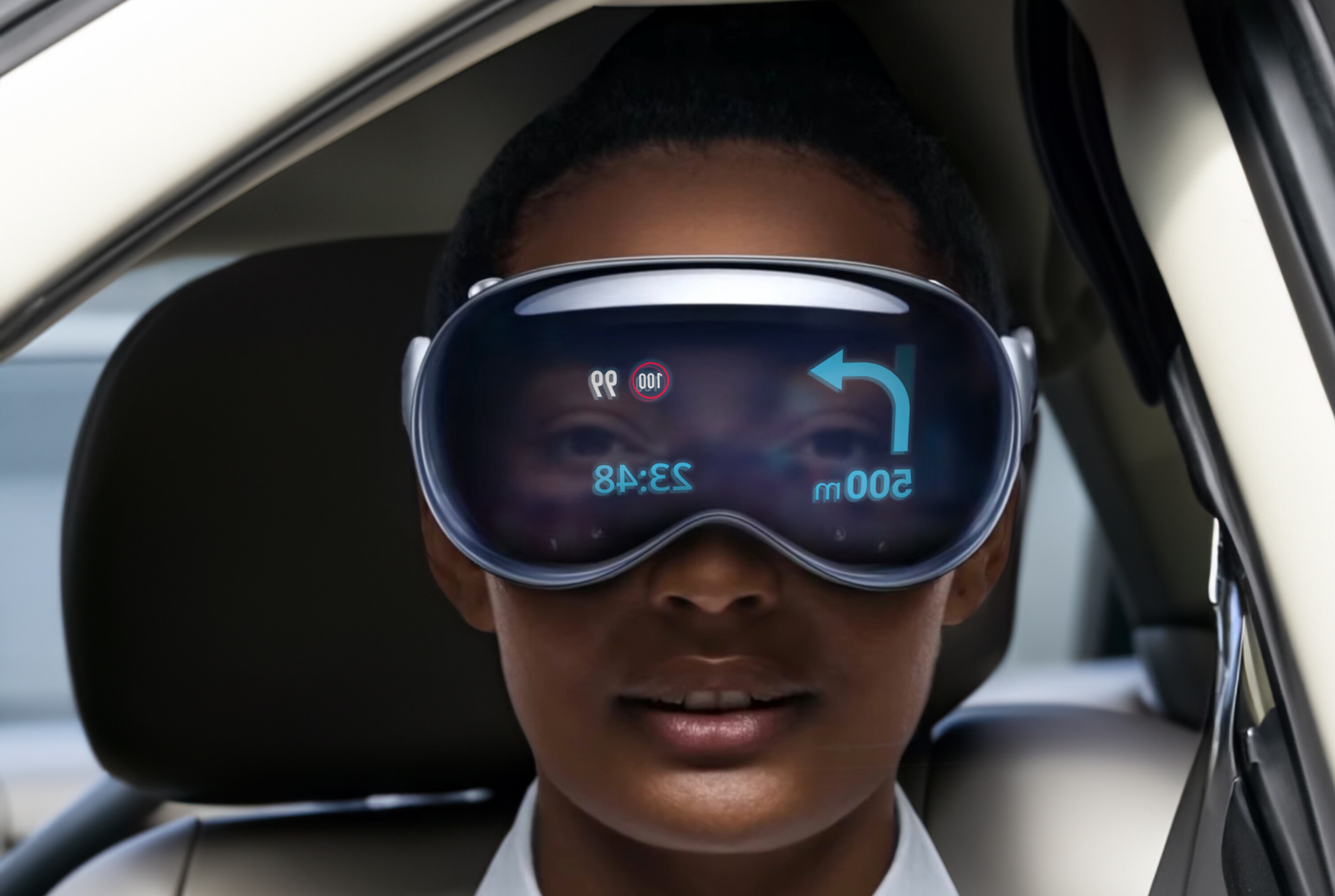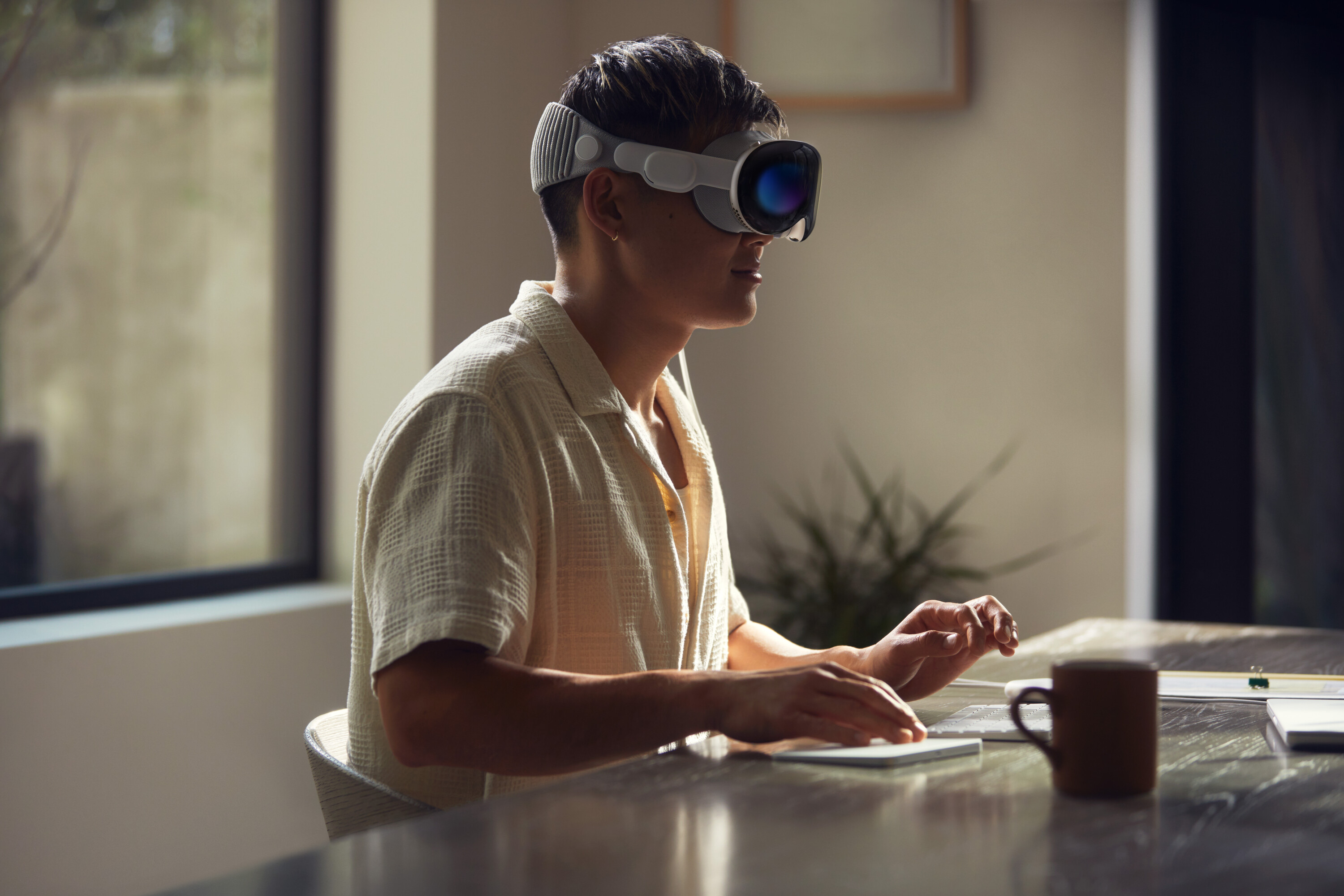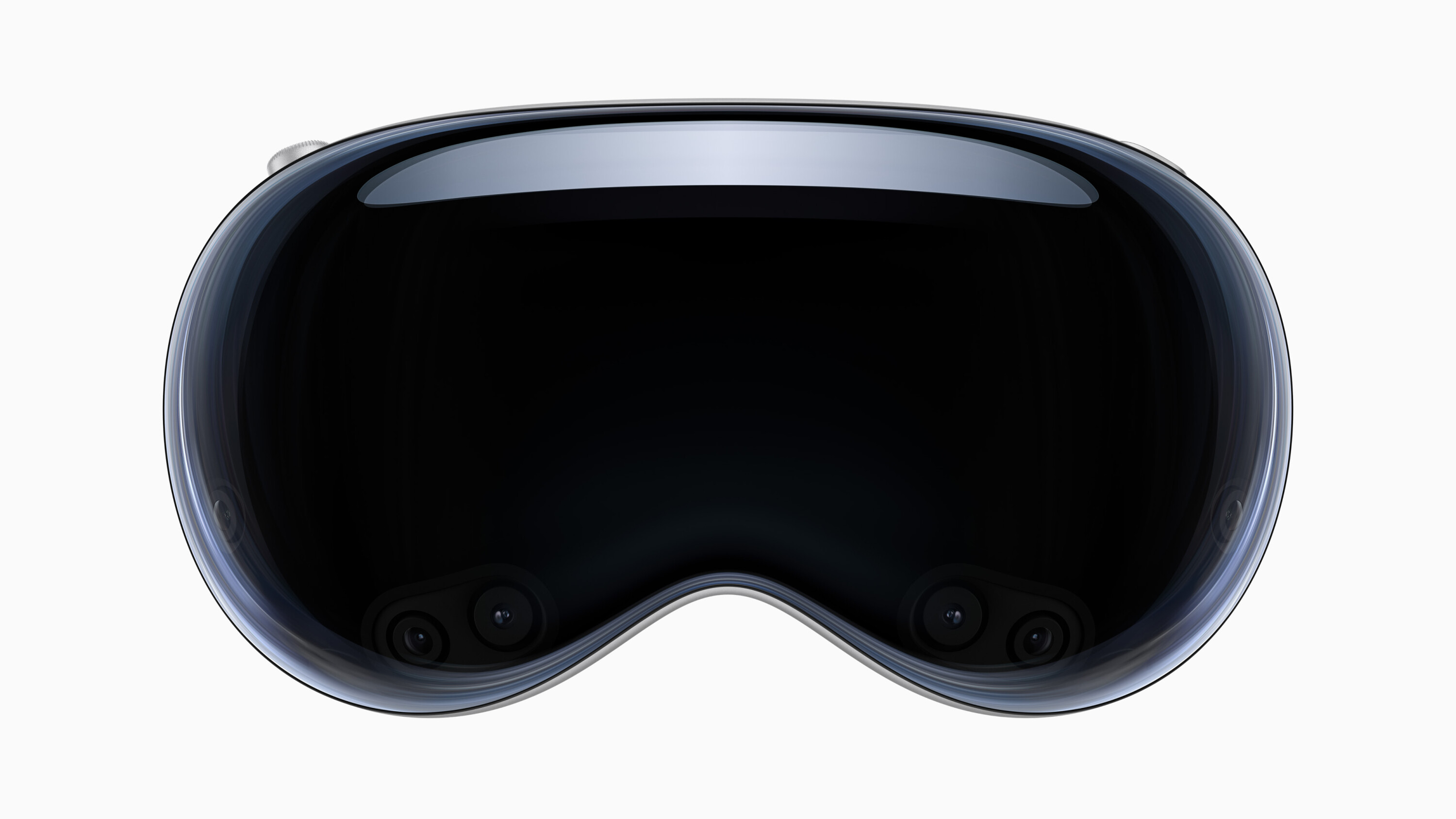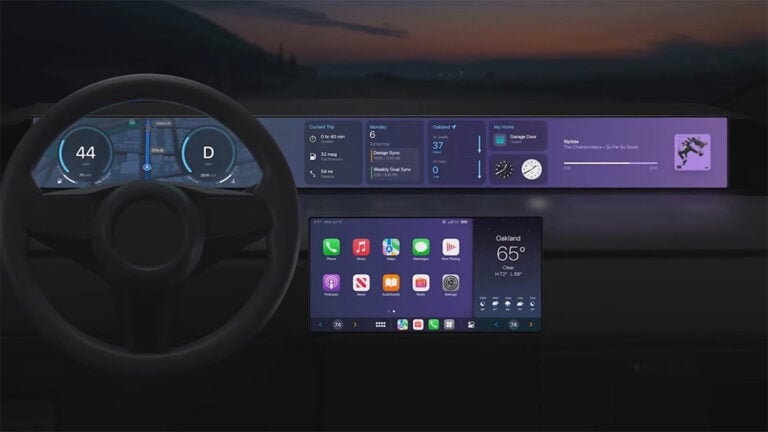
“I wonder if the story should just have one line, set in bold italics: ‘No. Don’t be an idiot.’” – the discussion in our office this morning…
That could be your response to anyone asking if it is legal to drive while wearing virtual reality (VR) or augmented reality (AR) glasses – but the answer might be more complicated than you think, and it’s a surprisingly common question online.
The introduction of Apple’s new Vision Pro augmented reality headset at its annual WorldWide Developers Conference (WWDC) [↗] likely has many thinking it’d be possible to use this technology behind the wheel. (Possible? Probably. Smart? ?)

It is not explicitly illegal to drive with AR glasses in the eight Australian states and territories. However, it would be an offence if the device obstructs a driver’s vision or causes distractions.
It’s also worth noting that the absence of a specific rule on this one is probably due to the tiny presence of portable VR devices in the market right now – and a lack of example cases.
It’s no surprise people haven’t tried, of course. Until today’s reveal of the Vision Pro, there haven’t been any truly portable VR/AR systems offering a clear enough video pass-through camera resolution and refresh rate [↗] to really have any potential for this sort of application.

Even still – and unlike smart glasses like the Ray-Ban Stories, Snap Spectacles and the now-discontinued Google Glass – VR goggles with video pass-through capability are only connected to the outside world through cameras, meaning the driver’s view would be obstructed the moment anything went wrong with the device.
And, like the fad of external door-mounted cameras in place of conventional mirrors, the view even through the high-end Vision Pro would likely still be too distorted and blinkered to be safe in the high-risk act of driving a vehicle.

Apple’s Vision Pro supports both real-world and ‘fully immersed’ experiences, with the latter function transitioning from augmented reality to a mixed environment in a virtual world using an external dial.
In March, the Victorian Government introduced updated road rules for distracted driving, with new laws surrounding the use of wearable devices – including smartwatches, smart glasses (such as wearable heads-up displays), and motorbike helmet devices – while driving.
We’ve contacted VicRoads to confirm if augmented reality glasses, such as Apple’s Vision Pro, would be defined as wearable devices like smart glasses.

Why would anybody even want to wear these while driving?
There are bound to be some fans out there thinking that AR smart glasses could provide valuable real-time information in the driver’s field of view – such as turn-by-turn navigation, speed limits, and upcoming hazards reducing the need to look at external devices.
A solution already exists with built-in head-up displays that project vital information, such as speed and navigation, onto the windscreen to reduce the need to look away. Those feature are only available in modern cars, but if an owner of an older vehicle wants those capabilities, there are dash-mounted alternatives that would be far safer than wearing these goggles.
Newer vehicles, such as the Kia EV6, offer an augmented reality head-up display, while German car maker BMW has previewed a system that can display information – including virtual reality – on the whole windscreen, replacing a vehicle’s conventional instrument cluster and infotainment system.
Note: This article is intended for informational purposes only. It is advised to consult local traffic regulations and seek legal advice for specific guidance on driving with AR smart glasses.
We recommend
-
 News
NewsApple CarPlay dives deeper into car infotainment for late 2023
Chasing Google’s new tight integration with a number of carmakers, Apple has revealed plans to expand its CarPlay system further into your dash
-
 News
NewsApple CarKey enables new iPhone to unlock your car
Apple’s new tech allows you to unlock, start and drive your car without the need of a traditional key. You can even allow vehicle access over a text message.
-
 News
NewsBYD Atto 3 software update brings Android Auto, joining Apple CarPlay
The BYD Atto 3 has received Android Auto via an over-the-air update, after Apple CarPlay was added to the electric SUV in January




